When to Plant Gerbera Daisies: A Guide for Gardeners
Gerbera daisies are popular among gardeners for their vibrant colors and large flower heads, so planting them at the right time is crucial to ensure optimal growth and blooming.
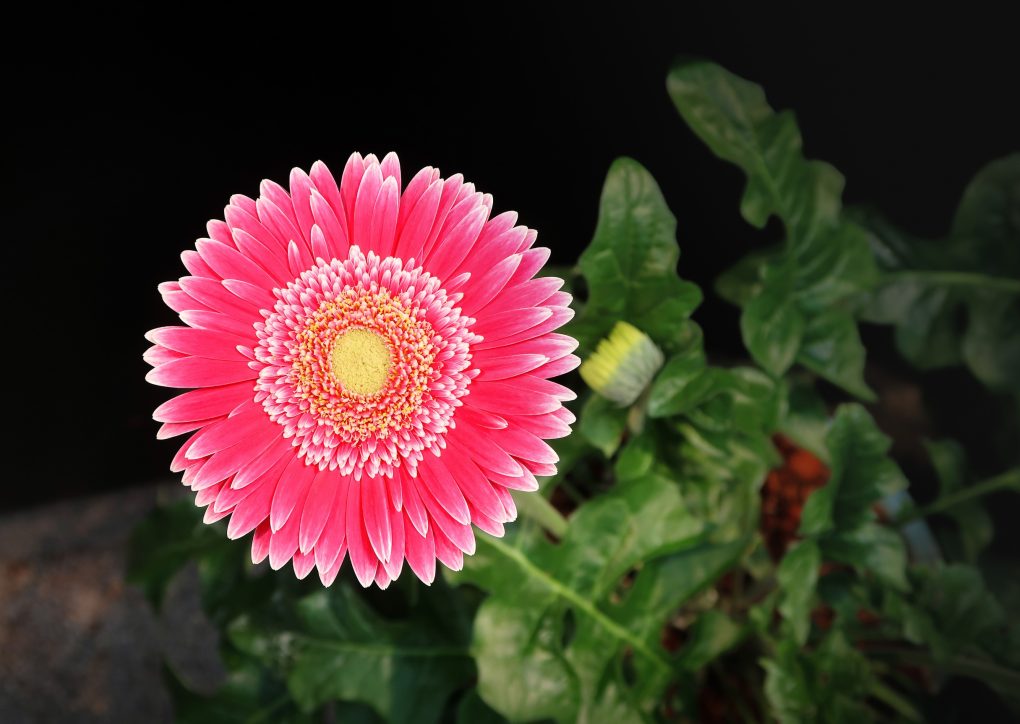
Table of Contents
Planting Time
To ensure the successful growth of gerbera daisies, it is important to plant them at the right time. For best results, plant them after the risk of frost has passed in late spring or early summer, depending on the climate.
Consider the temperature and weather conditions as well. Gerbera daisies prefer moderate temperatures and do not thrive in extreme heat or cold. Choose a planting location that receives morning sun and afternoon shade, or dappled shade in warmer climates.
Climate Considerations
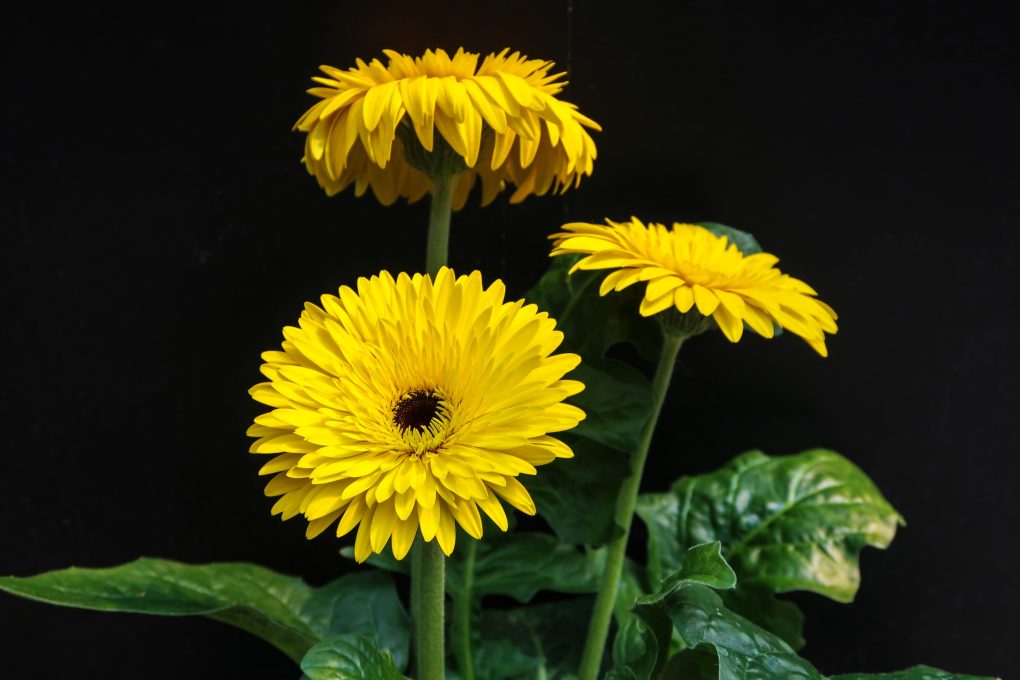
Climate plays a crucial role in the growth and survival of gerbera daisies. So let’s explore the temperature and sunlight requirements for these beautiful flowers.
Temperature Requirements
Gerbera daisies are native to South Africa and prefer warm temperatures. The best temperature for them is 60 to 75 degrees Fahrenheit. If the temperature drops below 45 degrees Fahrenheit, the plant may experience frost damage or even die, therefore protecting gerbera daisies from frost is important, especially in colder climates.
Sunlight Requirements
Gerbera daisies require plenty of sunlight to thrive. They grow best in full sun, meaning they need at least six hours of direct sunlight daily. For hot climates, some shade may help prevent scorching in the afternoon. If you live in a hot climate, choose a planting location that provides afternoon or morning sun and afternoon shade.
Avoid planting gerbera daisies near foundations or stone walls, as they can reflect heat and cause damage.
Soil Preparation
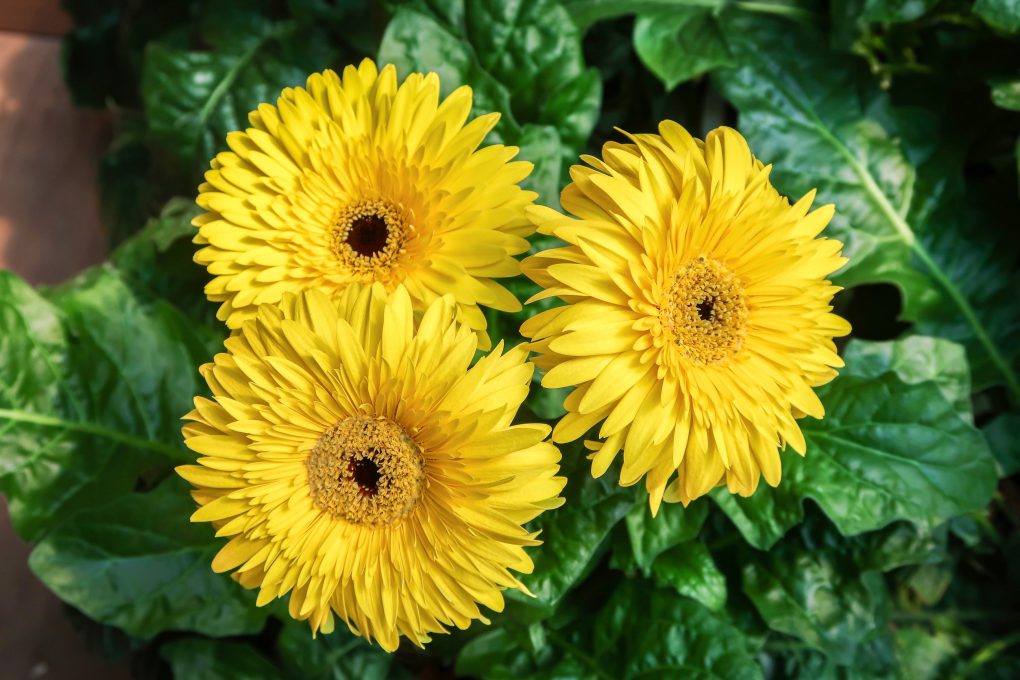
Preparing the soil properly is crucial for healthy growth and vibrant blooms. Let’s cover the two main aspects of soil preparation: soil type and pH.
Soil Type
Gerbera daisies prefer well-draining soil rich in organic matter. Sandy loam soil is ideal as it allows for good drainage while retaining enough moisture. To improve drainage in clay or compacted soil, add compost or peat moss.
Ensure the soil is free of debris and rocks that can impede root growth and cause damage.
Soil pH
The ideal soil pH for gerbera daisies is between 6.0 and 6.5. Test your soil before making any amendments. If it’s too acidic, add lime to raise the pH. If it’s too alkaline, add sulfur to lower the pH. Avoid adding excessive amounts of any substance, as it can harm the plants.
Test the soil at least once a year to maintain the optimal pH range for gerbera daisies.
Properly preparing the soil establishes a strong foundation for healthy growth and beautiful blooms.
Planting Process
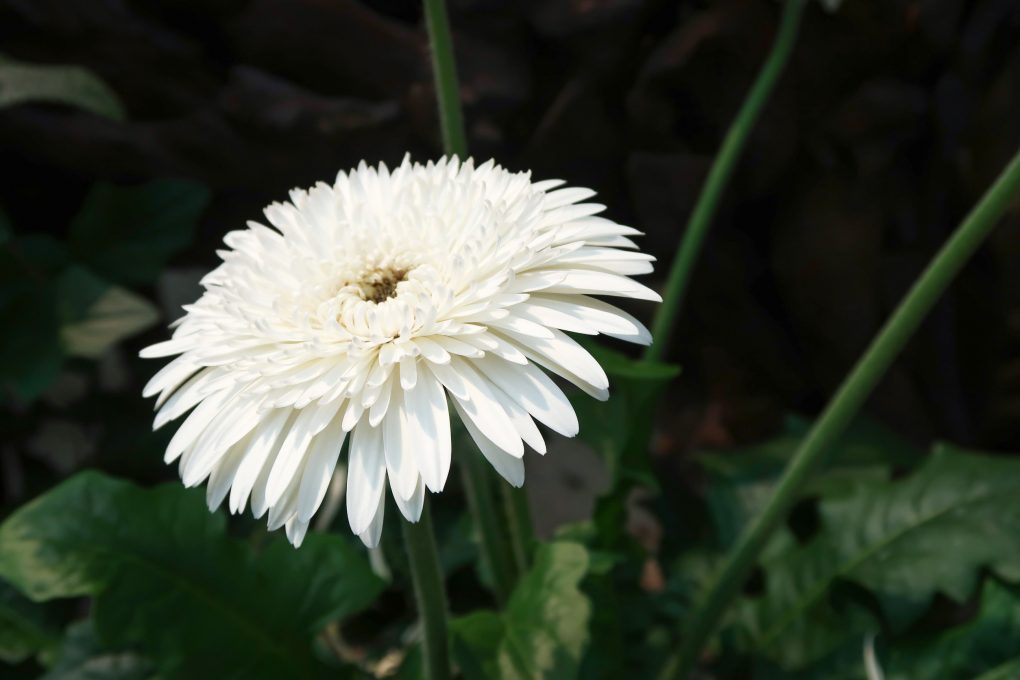
Preparing the Planting Site
Before planting gerbera daisies, ensure the planting site meets its requirements. They prefer well-draining sandy soil rich in organic matter. If the soil is heavy or clay-like, add compost or sand to improve drainage.
Gerbera daisies require full sun. Make sure the spot receives at least six hours of direct sunlight daily. Select a location with afternoon shade in hot climates to protect the plants from excessive heat.
Planting Gerbera Daisies Outdoors
Plant gerbera daisies outdoors after the last frost has passed, typically in late spring or early summer. Space them about 12 to 18 inches apart for good air circulation.
Make the hole slightly larger than the root ball.
After removing the plant from its container, loosen any tangled roots, and plant it in the hole. Backfill with soil, gently pressing down to remove air pockets. Water the plant deeply to help it settle.
Water gerbera daisies regularly, keeping the soil consistently moist. Avoid overwatering to prevent root rot. However, applying mulch around the base helps retain moisture and cool the soil.
Maintenance
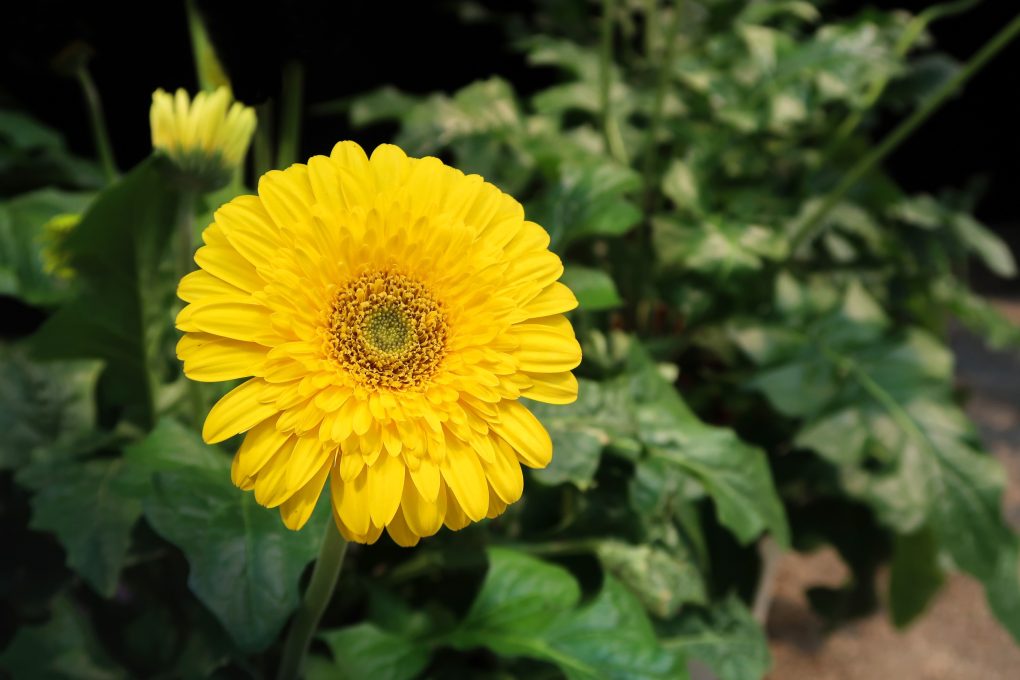
Gerbera daisies are relatively easy to care for but require attention to thrive. Follow these tips for maintaining your gerbera daisies:
Watering
Water gerbera daisies at soil level when the top 1 to 2 inches of soil feels dry. Avoid wetting the leaves to prevent fungal diseases. Ensure containers have drainage holes to prevent waterlogged soil.
Fertilizing
To keep gerbera daisies healthy, fertilize them either every 8 to 12 weeks with a rose or flower fertilizer, or monthly with a general-purpose fertilizer. Follow the instructions on the package for the correct amount. Be careful not to over-fertilize, as this can harm the roots and leaves.
Pruning
Regularly deadhead gerbera daisies to encourage new blooms. Use clean, sharp scissors or pruning shears to cut off spent flowers and stems. Cut the stem back to the base, just above the nearest leaf or bud. This promotes new flower production.
Pest and Disease Control
While gerbera daisies are relatively pest and disease-resistant, they can be susceptible to spider mites, aphids, and powdery mildew. Promptly treat any signs of infestation, such as discolored or distorted leaves. Use insecticidal soap or neem oil to control pests and a fungicide for powdery mildew.
